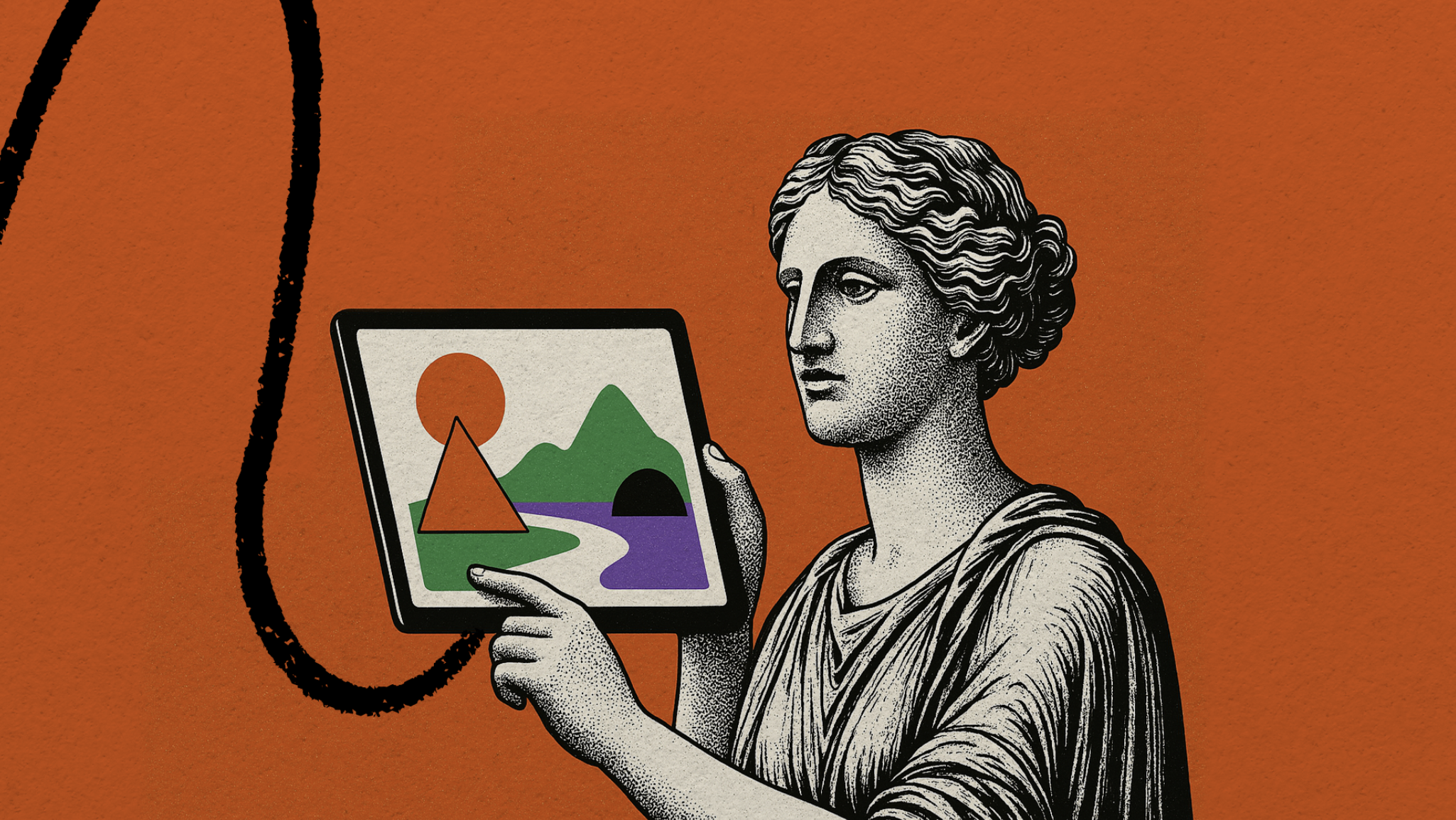
Was this newsletter forwarded to you? Sign up to get it in your inbox.
Yesterday OpenAI released native image generation in ChatGPT-4o. We’ve been playing around with it at Every for the past week as part of OpenAI’s early testing, and the consensus is that 4o’s image generation is awesome. It has unmatched quality in text generation and information visualization—though its main downfall is speed.
But first, here’s what’s new.
All about GPT-4o image generation
Image generation has a home
OpenAI’s native image generation lives directly in the ChatGPT interface as an innate part of GPT-4o, rather than as a separate image model, like DALL-E. You can generate images with all the context from your conversation history, and continue to iterate over an image generation in chat.
Language meets visuals. GPT-4o’s images draw directly from its training dataset of real-world knowledge, taking advantage of facts that the LLM knows. Ask it to illustrate the discovery of penicillin, and instead of a generic scientist with a petri dish (like what DALL-E might give you), you'll get an infographic showing inventor Alexander Fleming, key dates, and historical context—blending factual accuracy with visual storytelling in a way earlier models couldn’t.
Goodbye, gibberish. GPT-4o can now render precise text and symbols inside images. Want a sign, menu, or comic strip with legible writing? Just say the word(s).
It remembers visual details. Let’s say you're creating visuals for a children’s picture book with GPT-4o and designing Fido, a friendly dog (wearing jeans, as one does). With 4o, you can reuse that exact same character across multiple prompts. Easily tweak his expression or outfit—or even put him in new scenes—without losing his unique details. Other models struggle with this consistency, giving you only one shot to generate a character.
Jack of all trades, master of the prompt. GPT-4o handles complex instructions with surprising precision. Ask for a scene with upwards of 20 specific objects—say, a red balloon, a fluffy white goat, a cat in sunglasses, and so on—and it won’t blink. Where other models start to fumble after five to eight items, GPT-4o juggles the details with finesse, placing everything exactly where you asked.
Photo-aware editing, right in the chat. Want to immerse your family photo into the Studio Ghibli universe? Erase the background without opening another app? Blend photos together without Photoshop? GPT-4o lets you upload photos and tweak them directly with natural language. No extra tools or new tabs—just tell it what you want.
What everyone at Every thinks
The best image generator yet
“Its quality is unmatched for text, which is huge, and it can make great visualizations/ infographics. It’s probably the best available.”—Alex Duffy, Every consulting lead and writer
“The most impressive release of 2025.”—Lucas Crespo, creative lead
It excels in style and substance
“It is INSANE. It's incredibly good at text—it can even write out whole paragraphs without a problem. It follows instructions well—you can ask it to modify small parts of an image and it will reliably reproduce the image with the modifications you requested. It's good at capturing style—if you give it a reference, it'll reliably help you get the vibe.”—Dan Shipper, Every cofounder and CEO
It’s life-changing for small businesses
“This release makes it more evident than ever before that small businesses with small budgets will never have to hire a designer. This is equivalent to a lot of junior design work. Anybody with a small business knows they need to be posting on social media or a website, but not everybody has that techie nephew or niece that does menu designs, ads, marketing assets, prints for t-shirts, etc., for them.”—LC
It’s a premium tool—for now
“One hundred percent this will all trickle down into Canva and free tools eventually.”—LC
Images aren’t production-ready
“The quality is good but there is no upscaling yet, meaning you end up with an image you gotta throw into Magnific or some AI upscaler to use it for actual production.”—LC
It’s not built for speed
“Finally, native images in ChatGPT! This takes the crown for [the] best way to change images via chat, visualize information, put text in images… But man… is it slow.”—AD
“It feels like [OpenAI’s] deep research: slow, but once it gives you an output, it’s really, really useful.”—LC
OpenAI’s edge is in quality and control
“Google’s image size and quality are worse than OpenAI’s. There are a lot more artifacts [visual glitches that can show up when a model fumbles fine detail or text rendering] in Google’s generations as well.”—LC
It may kill another wave of AI startups
“RIP NapkinAI.”—AD
How it stacks up against the competition
To compare Google and OpenAI’s image generation, Alex ran three experiments.
1. Given text from a DeepSeek tweet, how does each model fare at visualizing the post? Is it capable of understanding that the content is from a tweet, with limited additional context, and can it understand what a tweet looks like?
Both models inferred from context to turn the text into a tweet, from the “@” in the prompt. However, OpenAI’s generation looks much closer to how tweets are displayed. OpenAI (left), Google (right). Source: Every illustration.2. Referencing the same post, this time with more artistic flair, Alex asked the models to create a beautiful artistic representation of the most important points from the text.
The results? OpenAI wins in the text generation category and shows stronger visual design capabilities than Google’s generation, which shows artifacts in its text and lacks the artistry you might expect from asking for a “beautiful artistic representation.”
The Only Subscription
You Need to
Stay at the
Edge of AI
The essential toolkit for those shaping the future
"This might be the best value you
can get from an AI subscription."
- Jay S.
Join 100,000+ leaders, builders, and innovators

Email address
Already have an account? Sign in
What is included in a subscription?
Daily insights from AI pioneers + early access to powerful AI tools
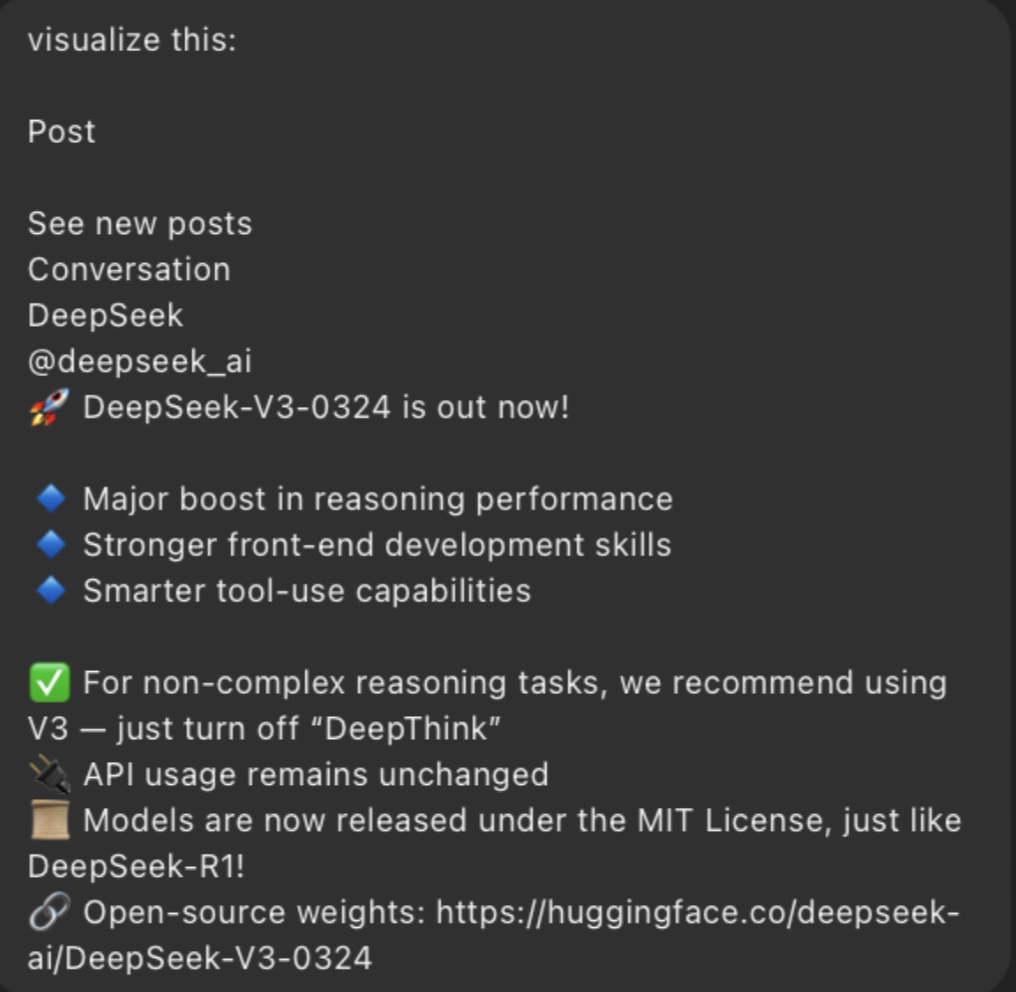
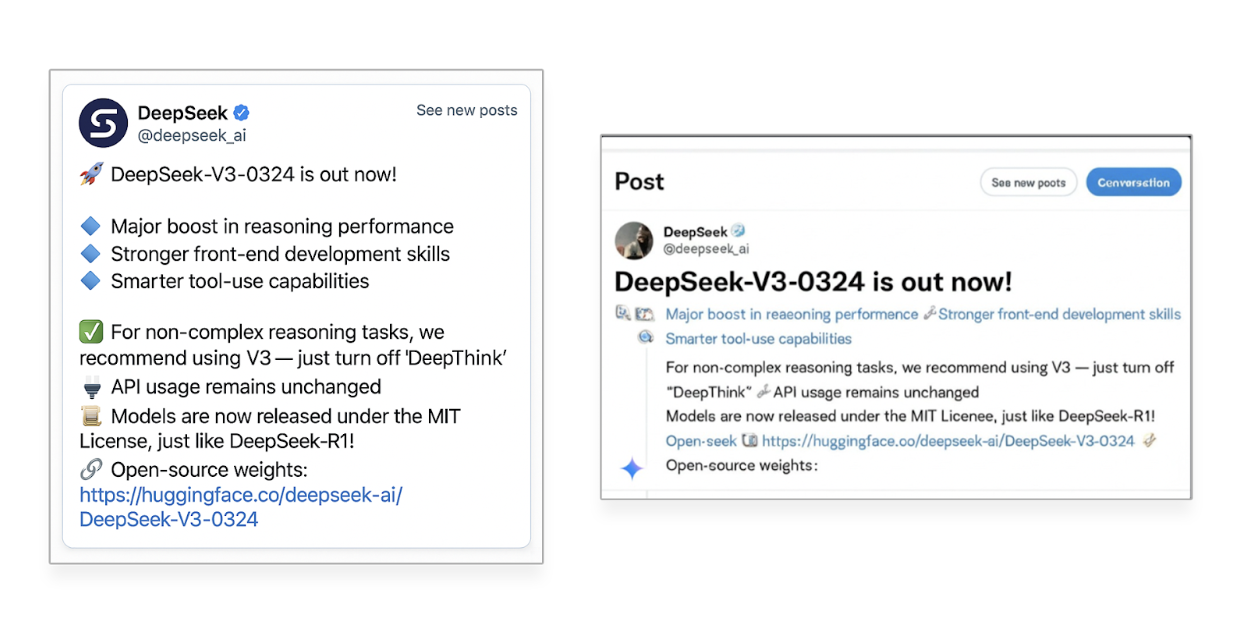
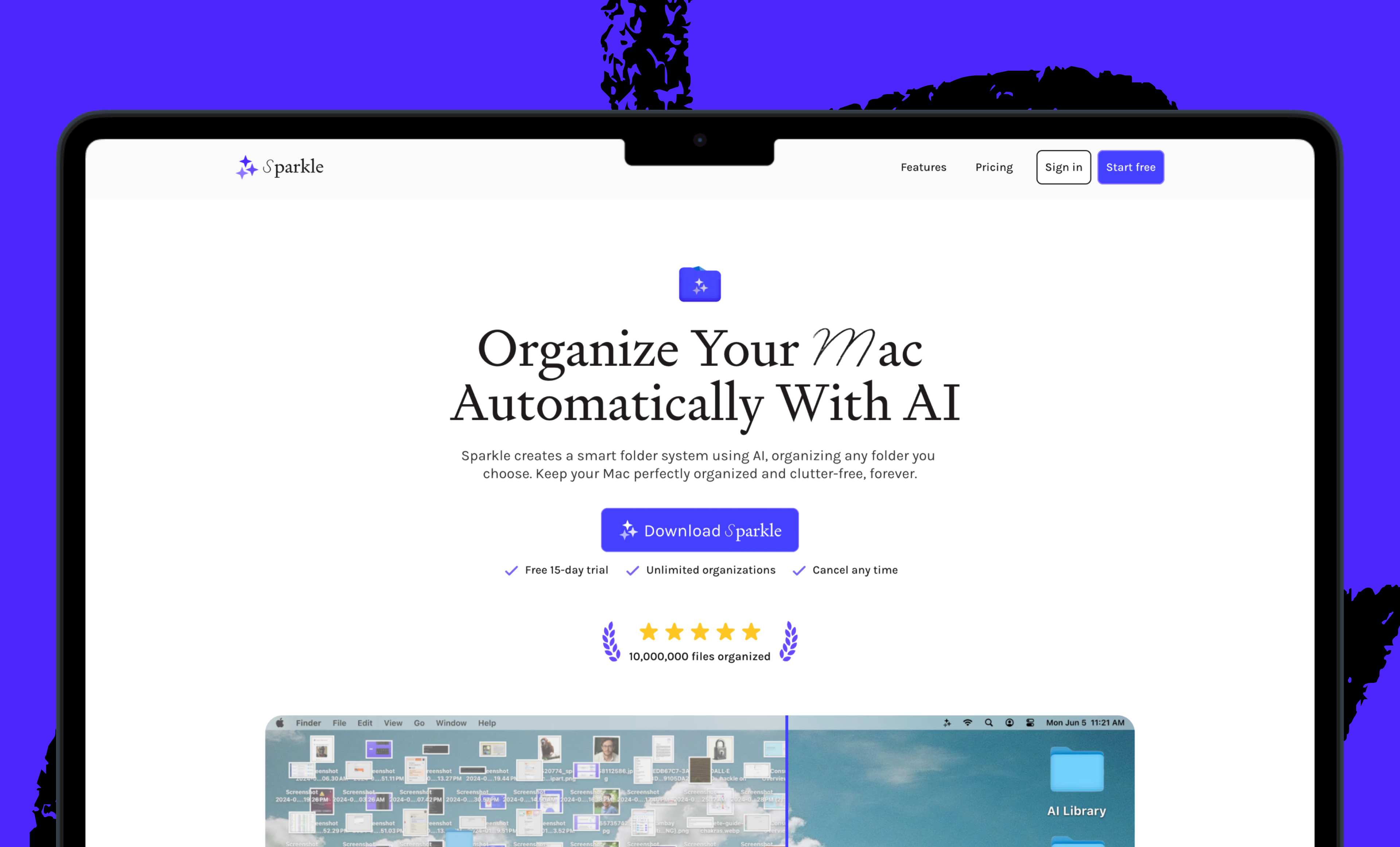
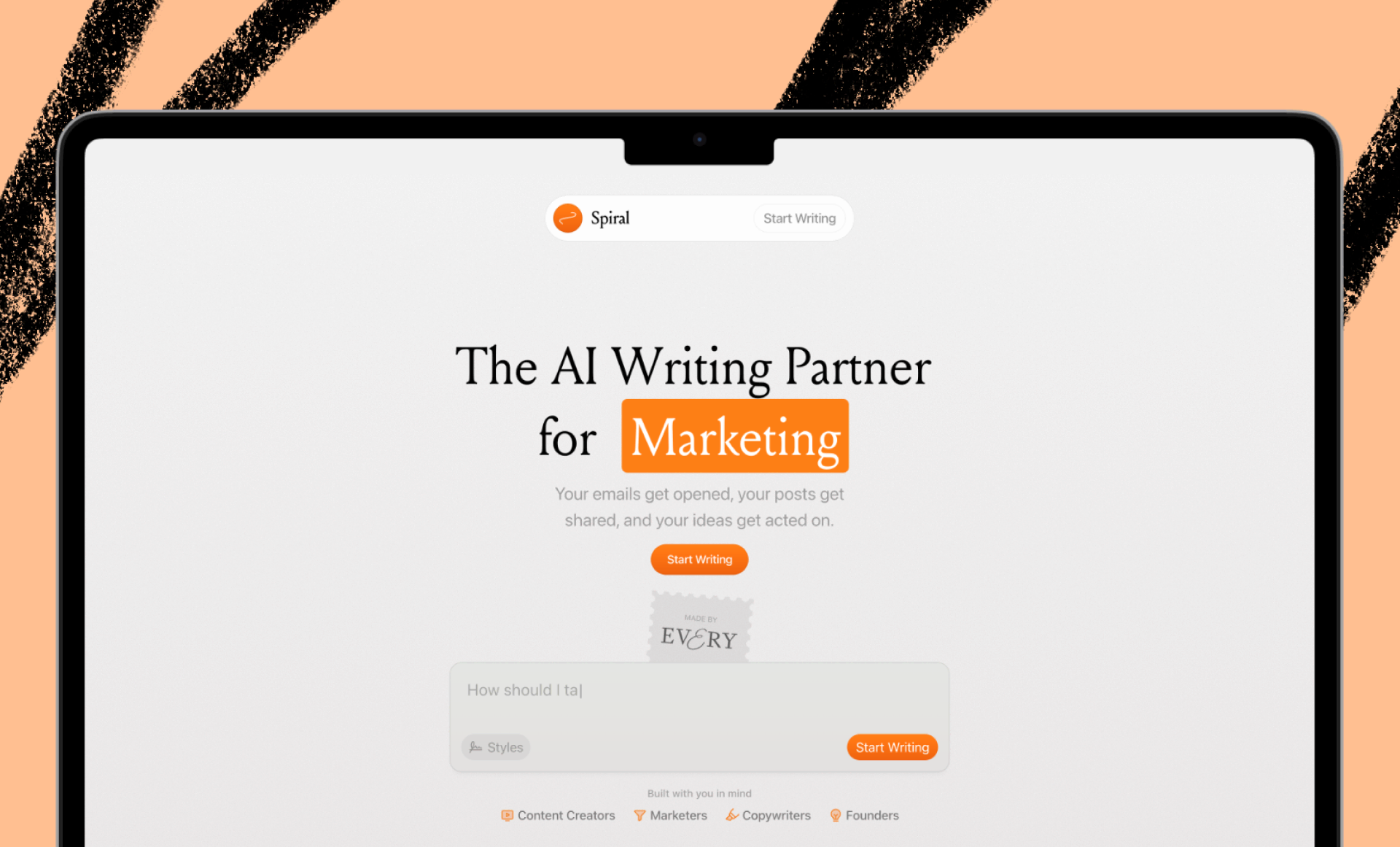
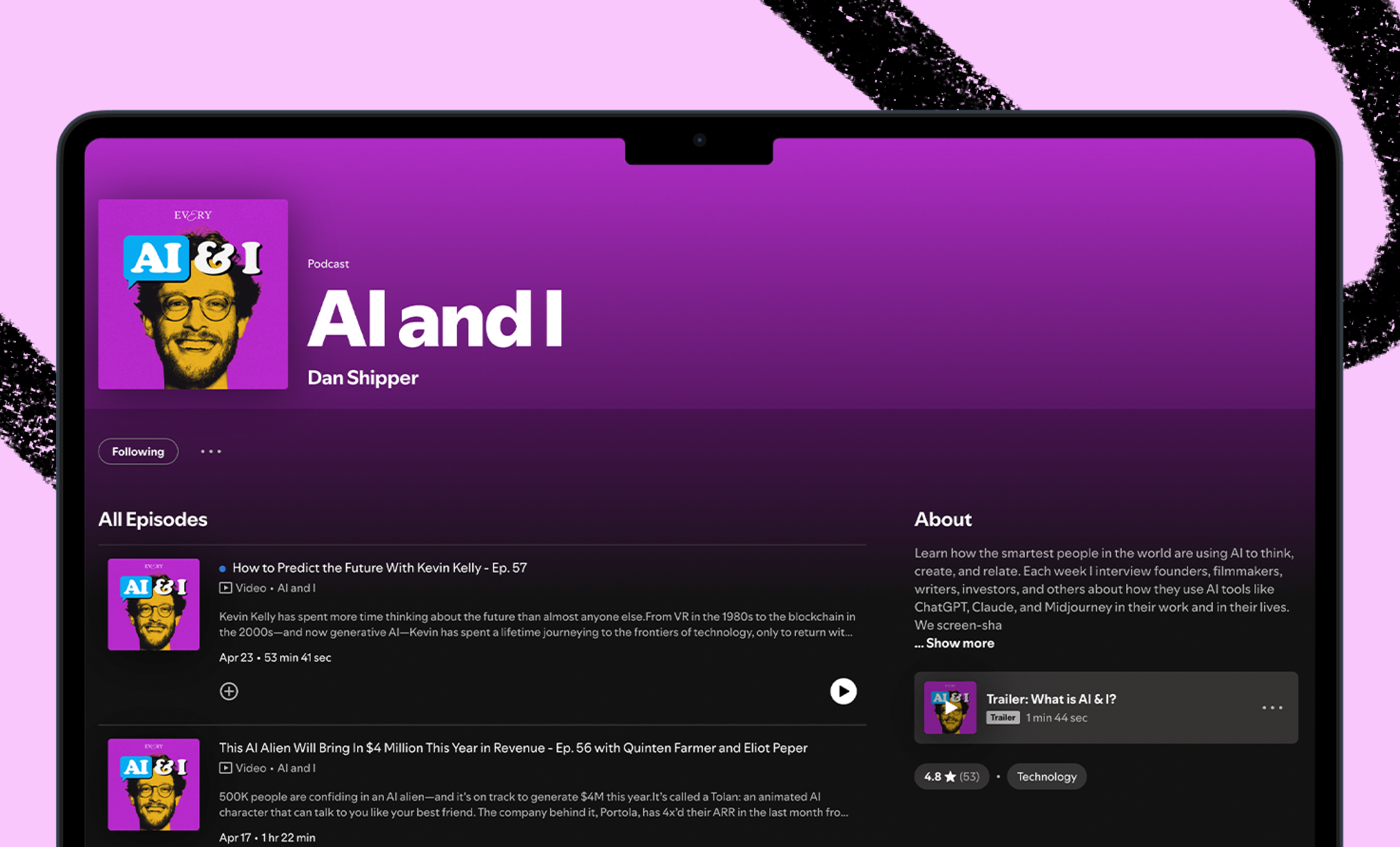
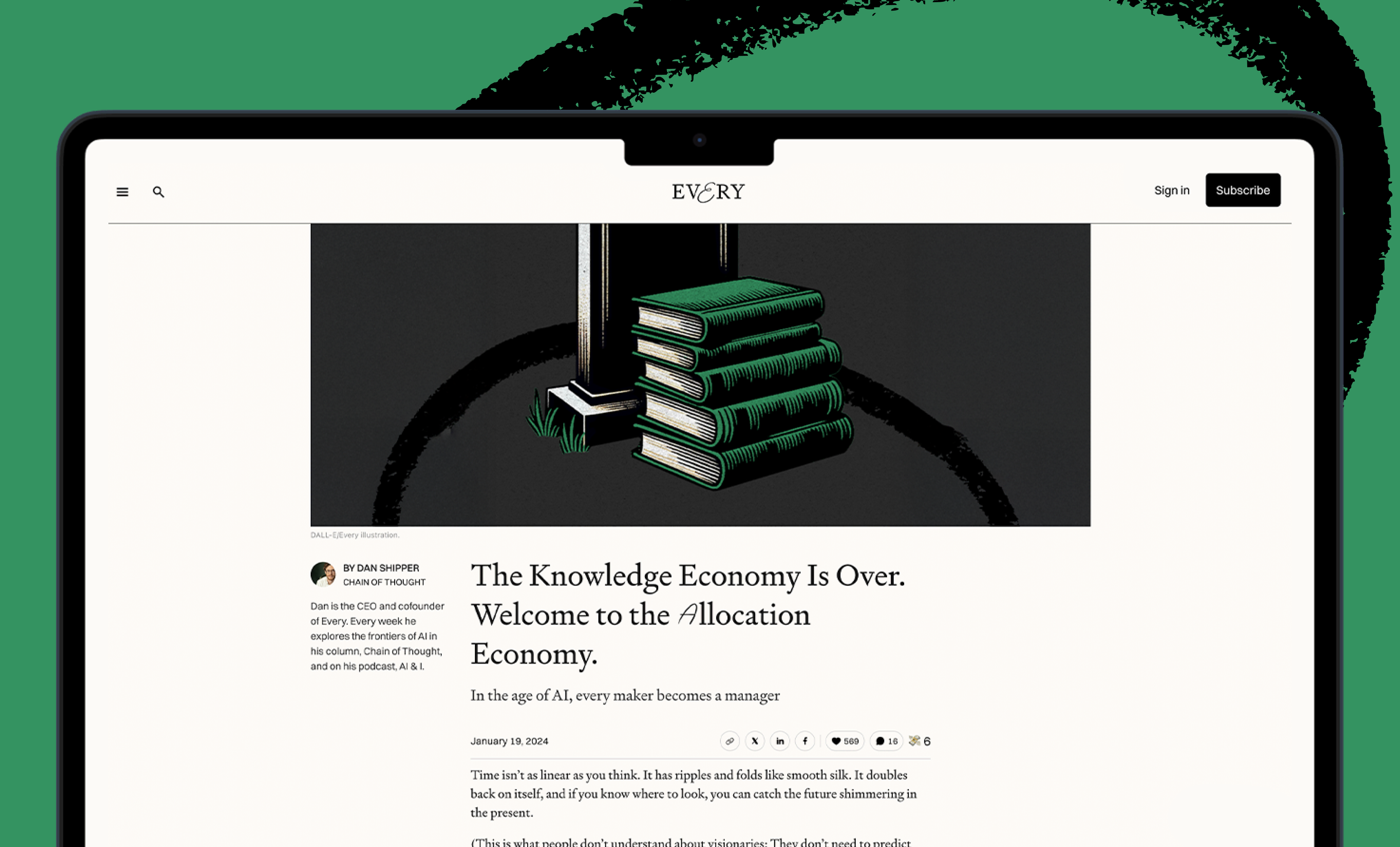
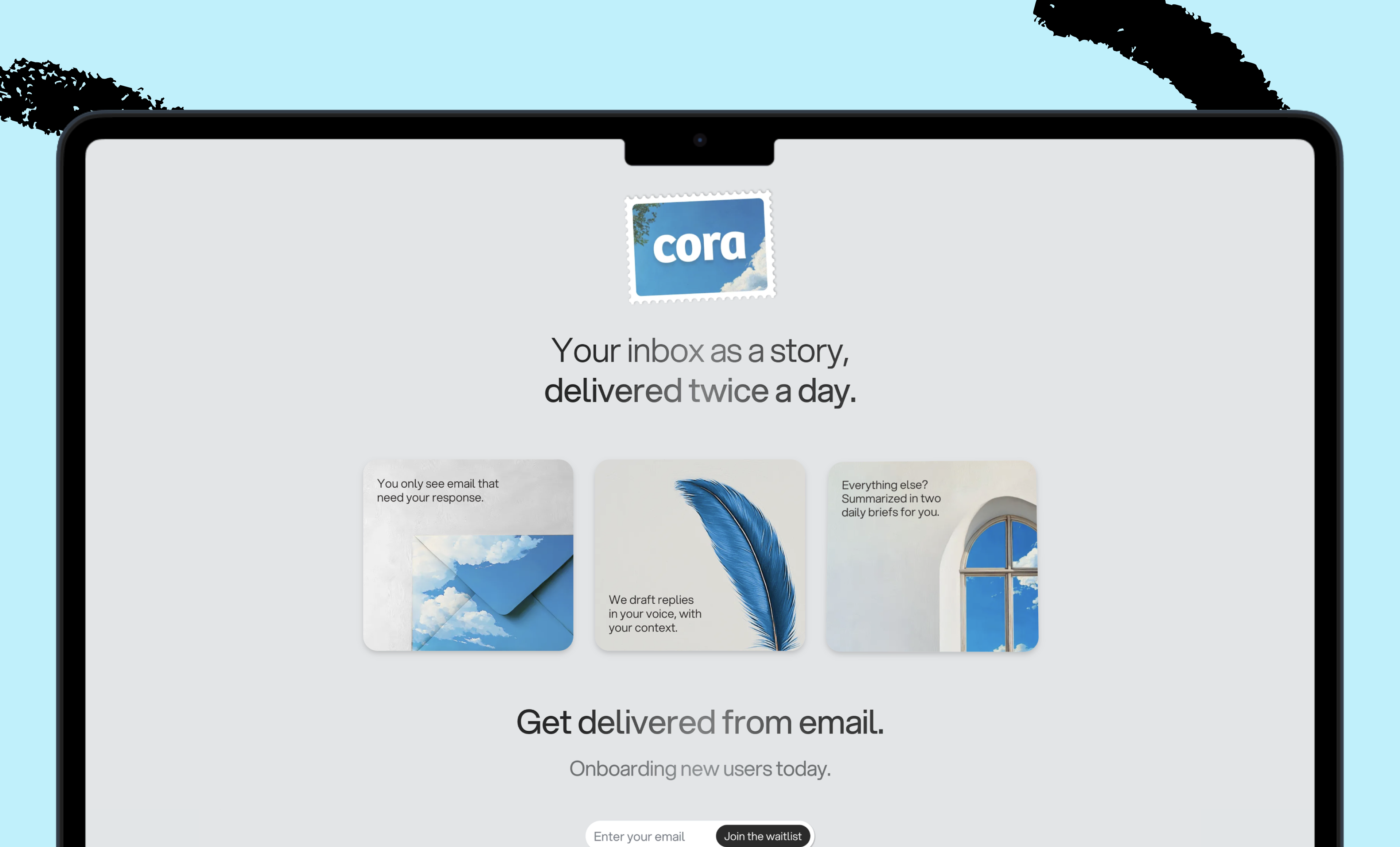
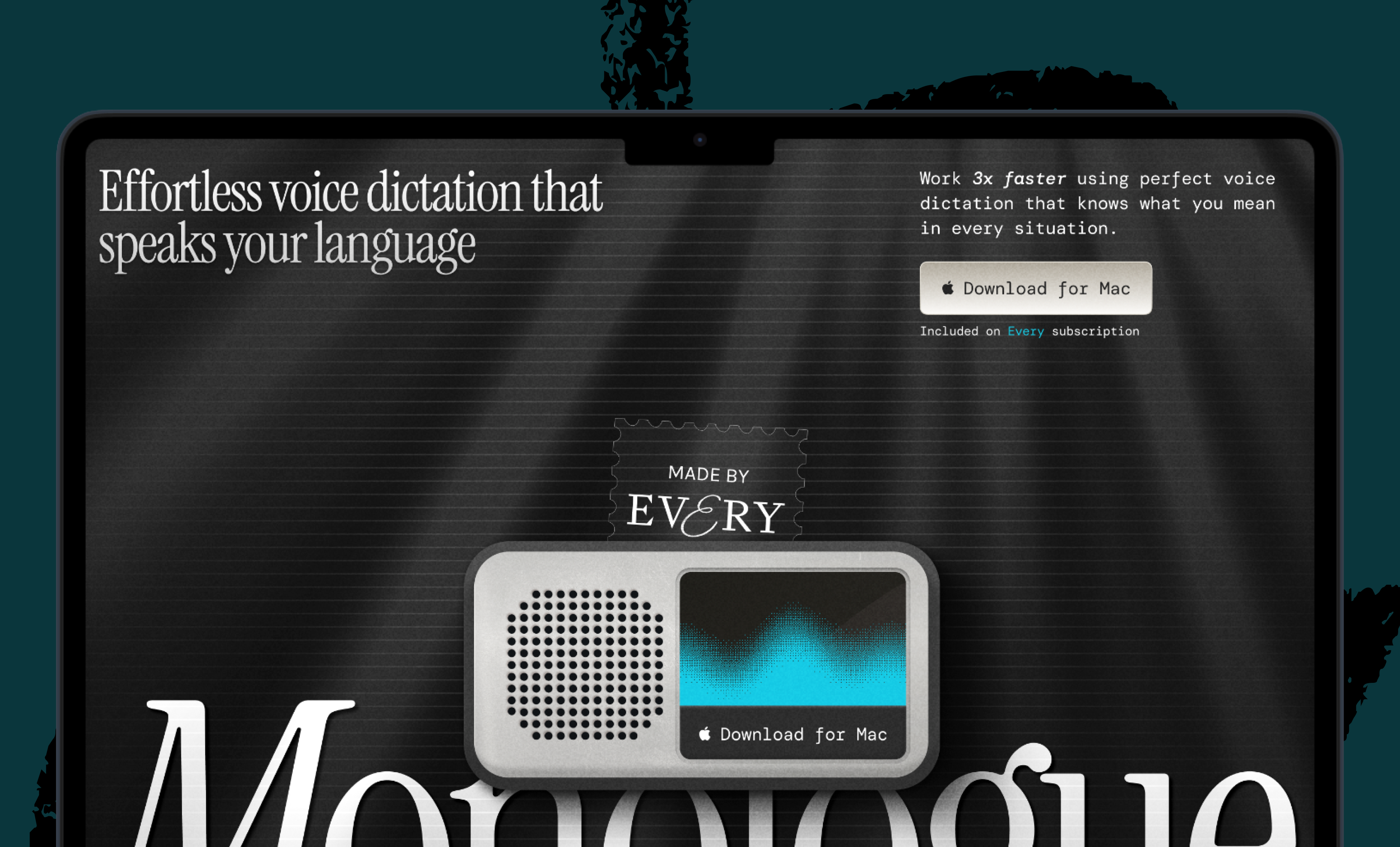
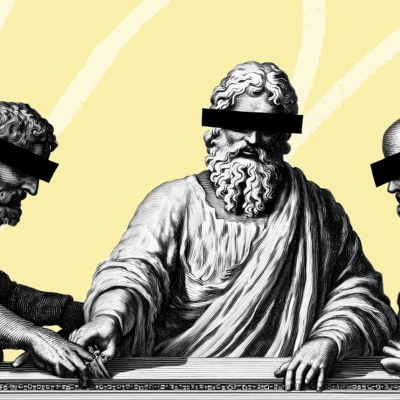
.png)
.png)
Comments
Don't have an account? Sign up!
Great overview and amazing examples. Thanks for sharing! Did you discover more cool ways to use it by now?
@jpforr It's really really great at visualizing text—this means great info graphics, but also there are some really interesting ways to explore its latent space / brain. My favorite right now is:
"write an unhinged monologue of your real thoughts in fountain pen blue ink, on it scrawl corrections in marker pen, they are unhinged, there are doodles and weird oddities scrawled, you cut out and stick on lots and lots of photo extracts from magazines to show the point!!! sometimes you write on them too"
"a google images search result for the query "meme"" is pretty good too
The fact that it can take frontend code and make pretty great representation of it is fascinating as well!
How about you??
This is so exciting. I'm running into trouble when I ask it to remodel a room from a photo. It flags the request because it's "referencing or appearing to build from specific real-world floorplans."
Any tips for working with this restriction?
@wesleynoble You can almost play dumb.
Instead of being specific like "take this exact room and remodel it" or "make a picture of this person keeping their likeness" — I've had success saying things like "make a picture of the room but furnished in this way" or "turn this picture into this style keeping the scene the same"
Let me know if this works for you!
@AlxAi This does work, thanks for the tip! I feel like in the grand scale of possible AI abuses, image editing of a real world space is very benign but ah well.